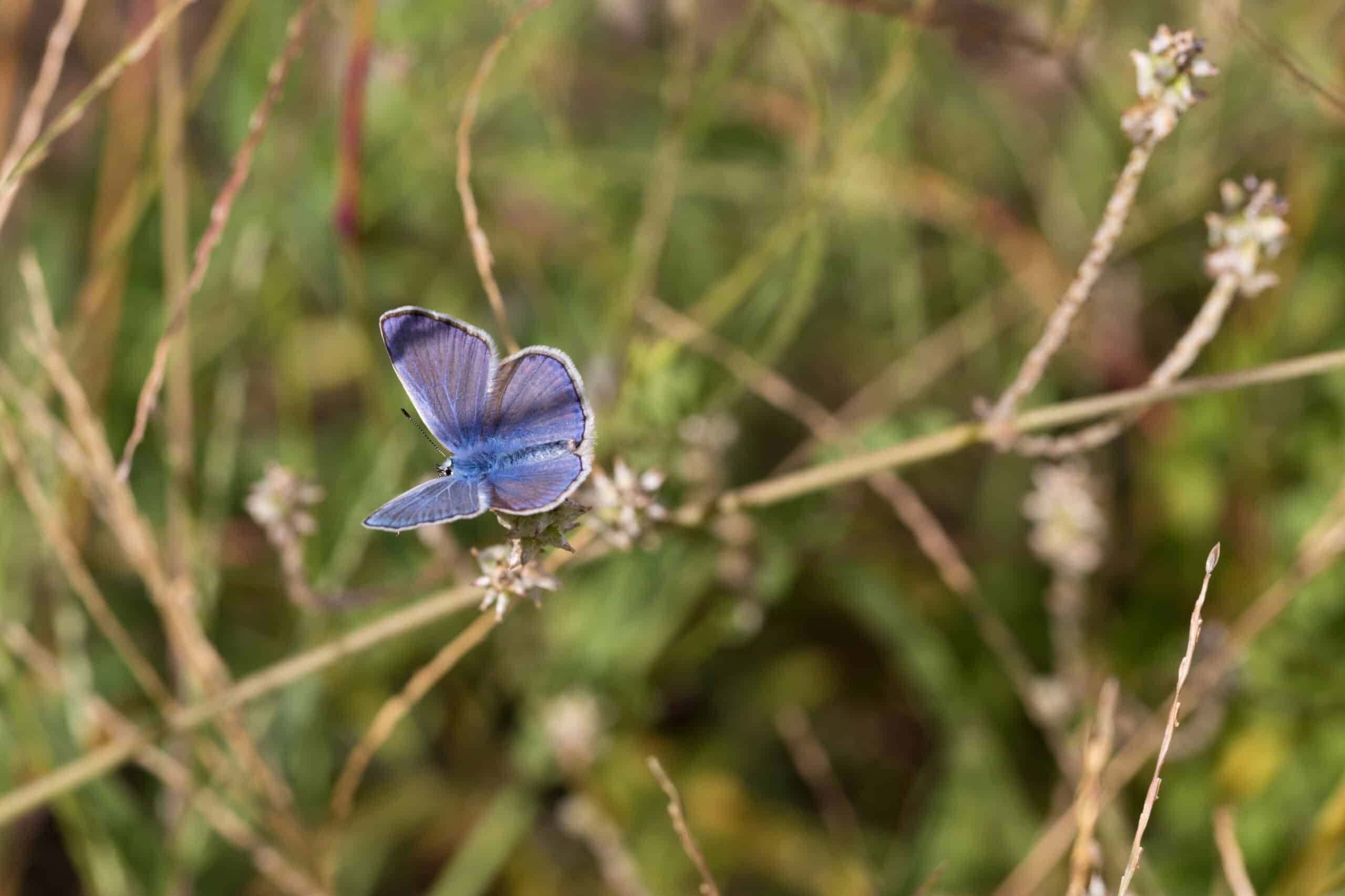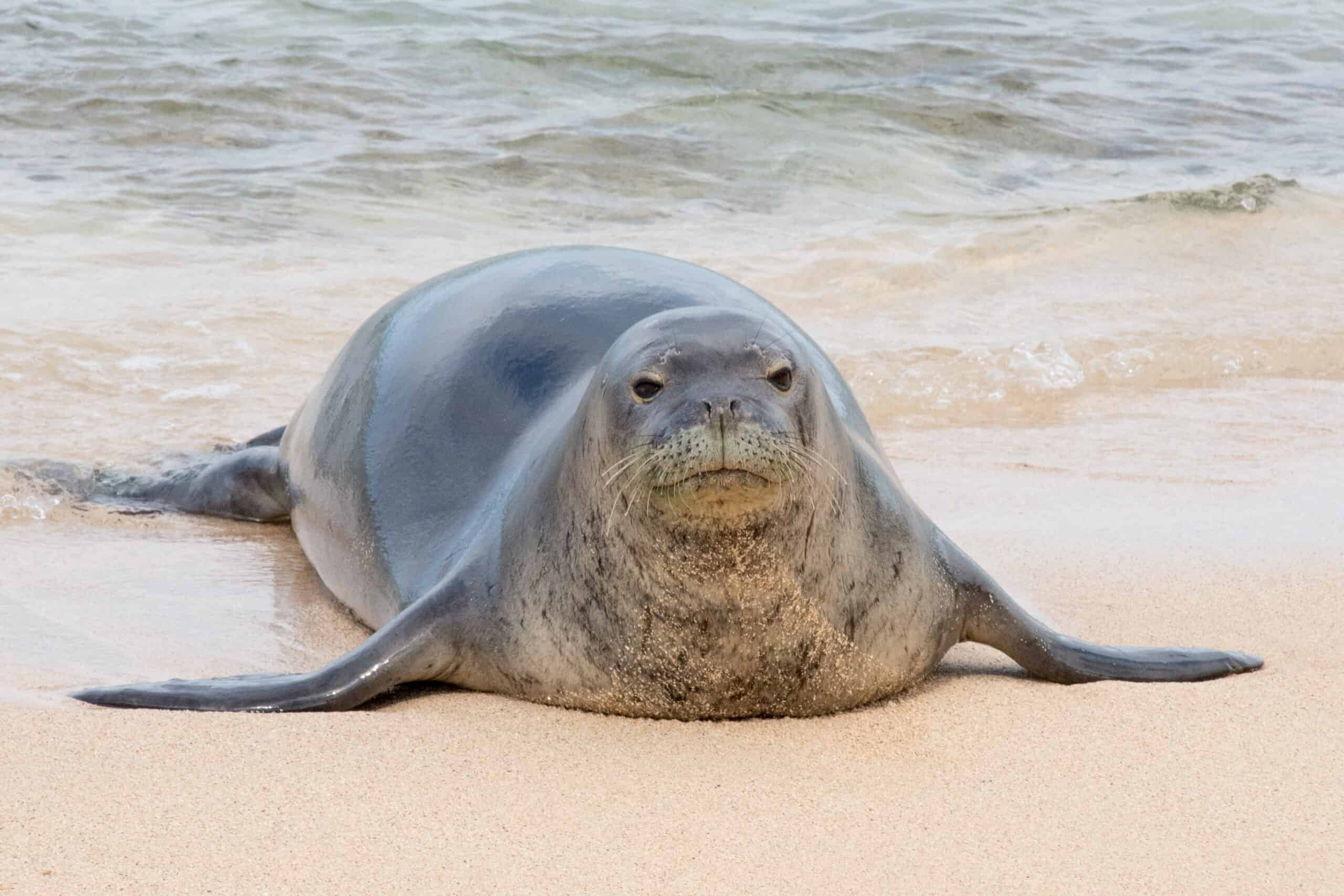National parks around the world serve as sanctuaries for a diverse array of wildlife, including many species that are found nowhere else on Earth. These parks play a crucial role in protecting endemic species, which are unique to specific regions and often face significant threats from habitat loss, climate change, and human activities. In this article, we will explore the top 12 endemic species protected in national parks, highlighting the unique characteristics of each species and the conservation efforts in place to ensure their survival. From the elusive Black-Footed Ferret in Badlands National Park, USA to the iconic Grizzly Bear in Yellowstone, these parks provide critical habitats that help preserve the natural heritage and biodiversity of our planet.
Black-Footed Ferret – Badlands National Park, USA

The Black-Footed Ferret is the only ferret species native to North America and is currently protected within Badlands National Park. These nocturnal predators once faced near extinction due to habitat loss and disease, but reintroduction programs have helped their populations recover. Black-footed ferrets primarily prey on prairie dogs, making them crucial for controlling these populations and maintaining ecological balance. They are characterized by their slender, weasel-like body, which can grow up to 24 inches long, and their distinctive black markings on their feet and face. The conservation efforts in Badlands National Park focus on habitat restoration, disease management, and increasing public awareness about this species’ importance to the ecosystem.
Kemp’s Ridley Sea Turtle – Padre Island National Seashore, USA

The Kemp’s Ridley Sea Turtle, the smallest and most endangered sea turtle species, is protected at Padre Island National Seashore. Named after Richard M. Kemp, who first identified the species, these turtles are known for their unique mass nesting called “arribada,” where thousands of females come ashore to nest simultaneously. Conservation efforts focus on protecting nests, reducing bycatch in fishing gear, and rehabilitating stranded turtles. These turtles are distinguishable by their grayish-green shells, which can reach a length of 2 feet and weigh up to 100 pounds. Padre Island plays a crucial role in the survival of this species, providing a safe haven for their nesting activities and hatchling development.
Cape Sable Seaside Sparrow – Everglades National Park, USA

Endemic to the Everglades, the Cape Sable Seaside Sparrow inhabits freshwater marshes and prairies, never straying far from its nesting grounds. This small, olive-colored bird with a distinctive yellow stripe above its eye has been threatened by habitat changes due to water management practices. The bird’s restricted range and specific habitat requirements make it highly vulnerable to environmental changes. Conservation efforts in Everglades National Park include habitat restoration, water flow management, and monitoring of the sparrow’s population health. These measures are essential to preserving the delicate ecosystem that supports the sparrow and ensuring its survival amidst ongoing environmental challenges.
Shenandoah Salamander – Shenandoah National Park, USA

The Shenandoah Salamander is a rare amphibian found only in the high-altitude regions of Shenandoah National Park. This small, lungless salamander breathes through its skin and requires cool, moist microhabitats to thrive. Growing up to 4 inches long, it is characterized by its dark body and light-colored stripes. The salamander’s limited range and specific habitat requirements make it highly vulnerable to environmental changes. Conservation efforts in Shenandoah National Park focus on protecting its unique habitat, monitoring population health, and conducting research to understand better the factors influencing its survival. These efforts are crucial for maintaining the salamander’s fragile ecosystem and preventing its extinction.
Desert Pupfish – Death Valley National Park, USA

The Desert Pupfish is a small, resilient fish endemic to the harsh environment of Death Valley National Park. These fish can withstand extreme conditions, including high water temperatures up to 108 degrees Fahrenheit and low oxygen levels. Pupfish are vital for controlling mosquito populations and maintaining the ecological balance of their habitats. Despite their adaptability, habitat destruction and competition from non-native species have led to their decline. Conservation programs in Death Valley focus on protecting and restoring their natural habitats, managing water resources, and monitoring populations to ensure the survival of this remarkable species. The Desert Pupfish’s resilience and adaptability make it a symbol of the unique biodiversity found in extreme environments.
Grizzly Bear – Yellowstone National Park, USA

The Grizzly Bear is a symbol of the wilderness in North America and is protected within Yellowstone National Park. Weighing between 200 and 700 pounds, these formidable animals have a lifespan of 15 to 30 years and are known for their strength and agility. Grizzlies play a crucial role in their ecosystem by dispersing seeds and maintaining healthy prey populations. Despite their resilience, they face threats from habitat loss, human conflicts, and climate change. Conservation efforts in Yellowstone focus on habitat protection, reducing human-bear conflicts, and ensuring a stable food supply. These measures are essential for maintaining the park’s ecological balance and preserving the iconic presence of grizzly bears.
Bull Trout – Glacier National Park, USA

The Bull Trout, a native fish species with a large head and a preference for cold, clear waters, is protected in Glacier National Park. These fish require diverse habitats with a mix of pools, riffles, and undercut banks. Weighing up to 30 pounds, Bull Trout are indicators of pristine environmental conditions. They are endangered due to habitat fragmentation, water pollution, and competition with non-native species. Conservation efforts in Glacier National Park include habitat restoration, water quality monitoring, and the removal of invasive species. These efforts aim to preserve the ecological integrity of the park’s waterways and ensure the survival of the Bull Trout.
Chinook Salmon – Olympic National Park, USA

The Chinook Salmon, also known as the king salmon, is an anadromous fish that migrates between freshwater and saltwater habitats. Olympic National Park provides critical spawning grounds for this species. The Chinook Salmon is known for its large size, with adults weighing up to 130 pounds, and its vital role in nutrient cycling within its ecosystem. However, overfishing, habitat destruction, and water resource exploitation threaten their populations. Conservation programs in Olympic National Park focus on restoring and protecting spawning habitats, regulating fishing practices, and enhancing water quality. These efforts are crucial for sustaining Chinook Salmon populations and maintaining the ecological health of the park’s rivers and streams.
Mission Blue Butterfly – Golden Gate National Recreation Area, USA

Native to the San Francisco Bay Area, the Mission Blue Butterfly depends on specific lupine plants for its lifecycle. This small, brightly colored butterfly was classified as endangered in 1976 due to habitat loss, climate change, and poaching. The conservation of the Mission Blue Butterfly in Golden Gate National Recreation Area involves habitat restoration, planting native lupines, and protecting existing populations from threats. These efforts aim to create a sustainable environment where the butterfly can thrive. The Mission Blue Butterfly’s delicate beauty and ecological significance make it a priority for conservation in the Bay Area.
Hawaiian Monk Seal – Papahānaumokuākea Marine National Monument, USA

The Hawaiian Monk Seal is a critically endangered species found only in the Hawaiian Islands. These seals live a solitary lifestyle and can dive more than 1,000 feet to reach their prey. Threats to the Hawaiian Monk Seal include habitat loss, entanglement in fishing gear, hunting, and food scarcity. The Papahānaumokuākea Marine National Monument provides a protected habitat for these seals, with conservation efforts focusing on habitat protection, reducing human-seal interactions, and ensuring a stable food supply. These measures are essential for the survival of the Hawaiian Monk Seal and the preservation of Hawaii’s unique marine biodiversity.
Kakapo – Fiordland National Park, New Zealand

The Kakapo is a flightless parrot endemic to New Zealand and one of the world’s rarest birds. With its greenish plumage, nocturnal habits, and unique mating calls, the Kakapo is a symbol of New Zealand’s unique wildlife. Once widespread, their populations declined due to introduced predators and habitat loss. Conservation efforts in Fiordland National Park include intensive predator control, habitat restoration, and a successful breeding program. These measures aim to increase the Kakapo population and ensure its long-term survival. The Kakapo’s story highlights the challenges and successes of species conservation in isolated ecosystems.
Iberian Lynx – Doñana National Park, Spain

The Iberian Lynx is the world’s most endangered cat species, with Doñana National Park serving as a critical habitat. Characterized by its spotted coat and distinctive ear tufts, the Iberian Lynx relies on a diet primarily consisting of rabbits. Habitat fragmentation and loss of prey have driven it to the brink of extinction. Intensive conservation efforts in the park focus on habitat restoration, breeding programs, and increasing the availability of prey. These efforts have seen gradual population increases, showcasing the effectiveness of targeted conservation strategies. The Iberian Lynx’s recovery is a beacon of hope for other endangered species.
This article originally appeared on Rarest.org.
More from Rarest.org
18 Lesser-Known Philosophers with Profound Ideas

Exploring the ideas of lesser-known philosophers can uncover profound insights into human existence and thought. While some names may not be as widely recognized, their contributions to philosophy are significant and impactful. Read more.
19 Most Mysterious Caves Around the World

Exploring the world’s most mysterious caves offers a unique glimpse into nature’s wonders and ancient histories. These caves, hidden beneath the surface, hold secrets that range from stunning geological formations to ancient artworks and unique ecosystems. Read more.
13 Iconic Retro Video Games and Their Current Prices

Super Mario Bros., released for the Nintendo Entertainment System (NES), revolutionized platform gaming. Its simple yet addictive gameplay captivated players worldwide, establishing Mario as Nintendo’s flagship character. Read more.
